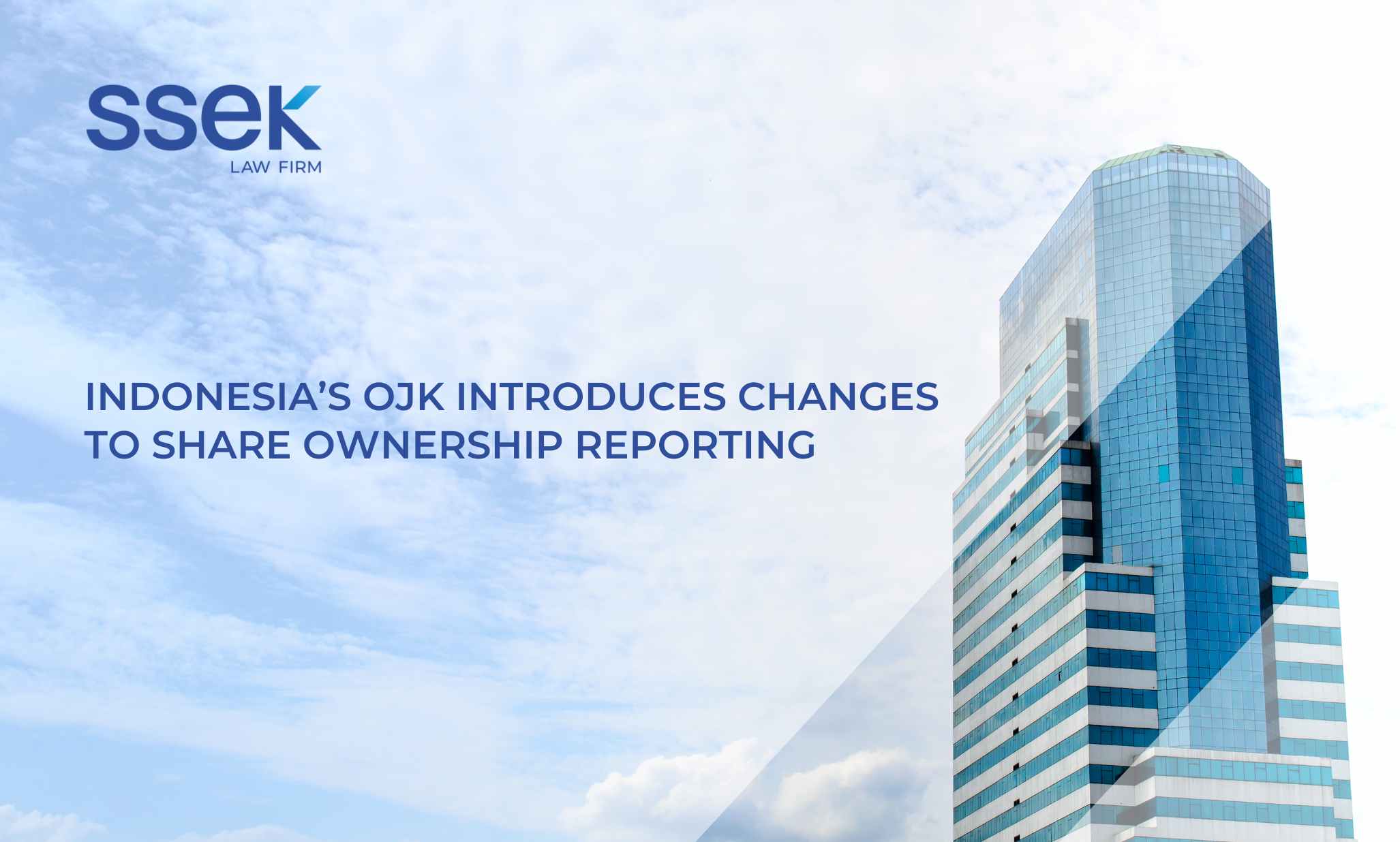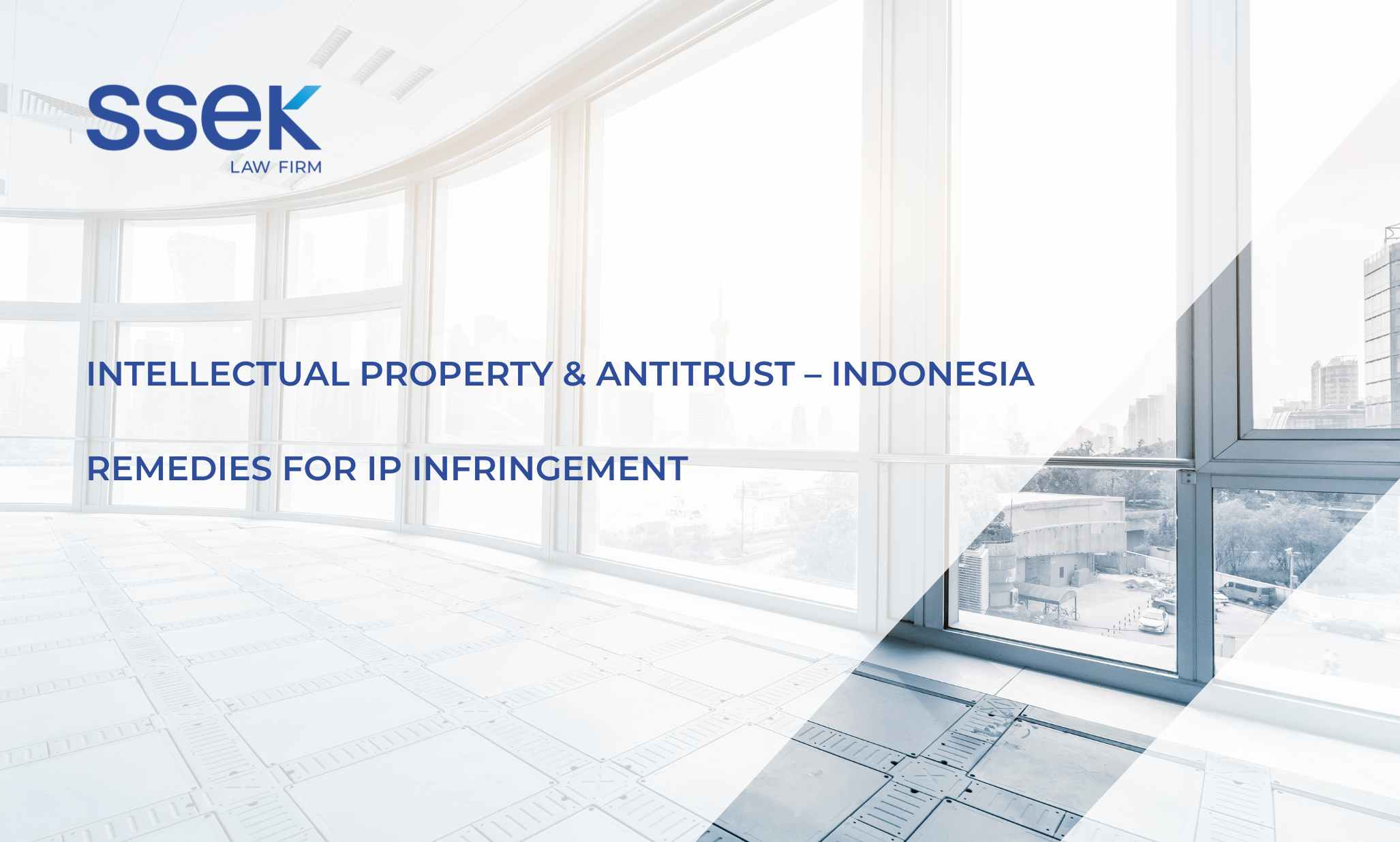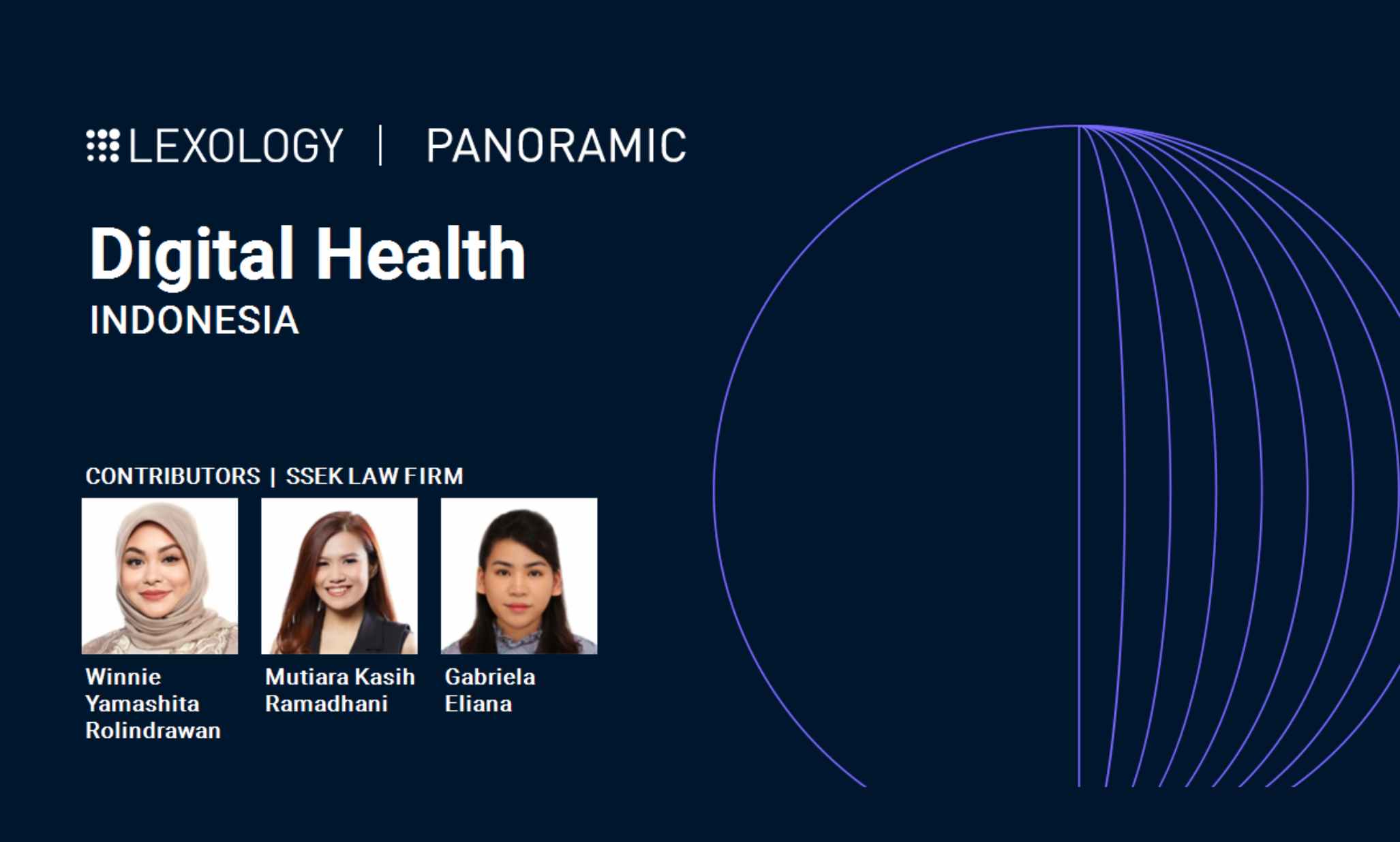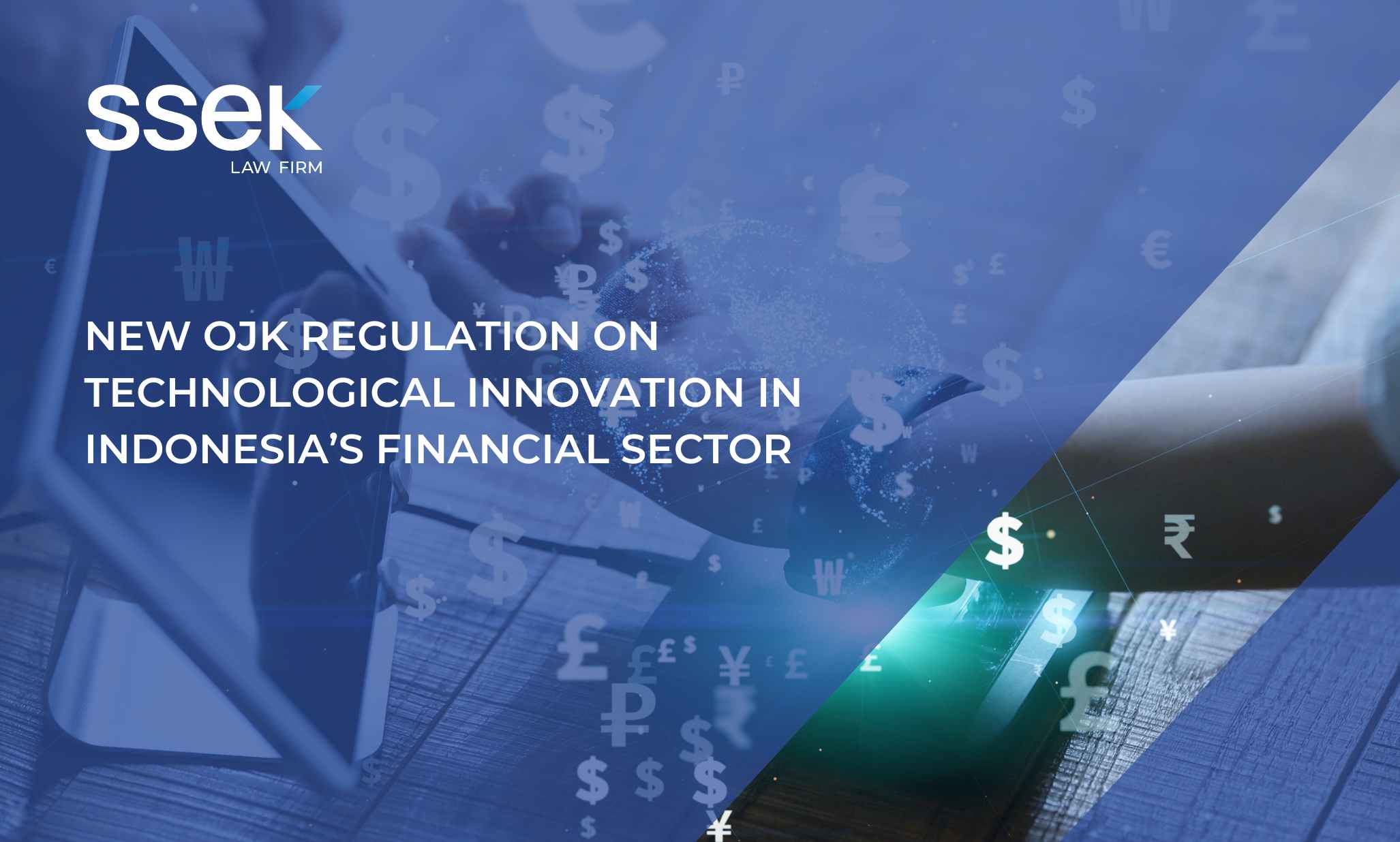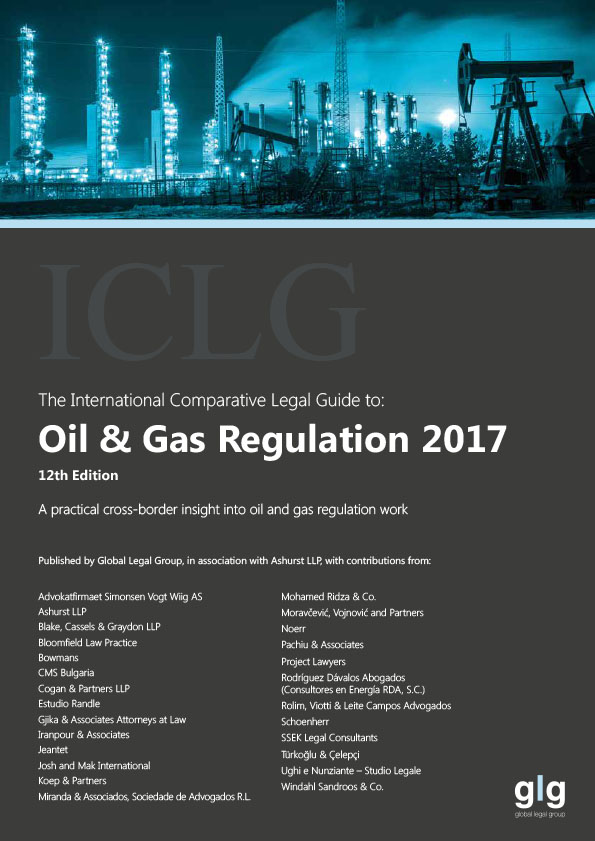

By Fitriana Mahiddin and Syahdan Z. Aziz Indonesia's oil and gas sector is governed by Law No. 22 of 2001 regarding Oil and Gas (the Oil and Gas Law). The state retains mineral rights throughout Indonesian territory and the Government holds the mining authority. The oil and gas sector comprises upstream and downstream activities, which are separately regulated and organized. Upstream activities include exploration and exploitation, and are regulated under Government Regulation No. 35 of 2004 regarding Upstream Oil and Natural Gas Business Activities as has been amended several times, the latest by Government Regulation No. 55 of 2009 (GR 35). The upstream sector is managed and supervised by the Special Task Force for Upstream Oil and Natural Gas Business Activities (SKK Migas). Due to the unique territorial composition of the archipelagic state of Indonesia, upstream oil activities may be undertaken in onshore and offshore areas. Work areas for onshore and offshore operations are determined by the Ministry of Energy and Mineral Resources (MEMR) based on consultations with and recommendations from the respective regional governments. Downstream activities encompass processing, transportation, storage and trading, and are regulated under Government Regulation No. 36 of 2004 regarding Upstream Oil and Natural Gas Business Activities as has been amended by Government Regulation No. 30 of 2009 (GR 36). Downstream operations fall under the auspices of the MEMR and Downstream Oil and Gas Regulatory Agency (BPH Migas). Through Government Regulation No. 79 of 2014, the Government has stipulated national energy policy to be implemented from 2014 to 2050, focusing primarily on energy availability for national needs, prioritization of energy development, utilization of national energy resources, and national energy reserves. The target for the availability of primary energy, which includes natural oil and gas, is approximately 400 million tonnes of oil equivalent (MTOE) in 2025 and approximately 1,000 MTOE in 2050. In early 2016, the President of Indonesia announced a list of national strategic projects, which include several downstream oil and gas projects, namely the development of the Bontang and Tuban refineries, upgrading existing refineries, and construction of the Banten LPG terminal, Belawan–Sei Mangkey gas pipelines, an LNG mini-refinery, and an LNG-LNCG station on Java island. A Presidential Decree and Presidential Instruction seek to accelerate these projects and mandate enhanced cooperation among relevant Government institutions here. This article was first published in International Comparative Legal Guide to: Oil & Gas Regulation 2017, published by Global Legal Group. For further information, please visit www.glgroup.co.uk. This publication is intended for informational purposes only and does not constitute legal advice. Any reliance on the material contained herein is at the user’s own risk. You should contact a lawyer in your jurisdiction if you require legal advice. All SSEK publications are copyrighted and may not be reproduced without the express written consent of SSEK.




